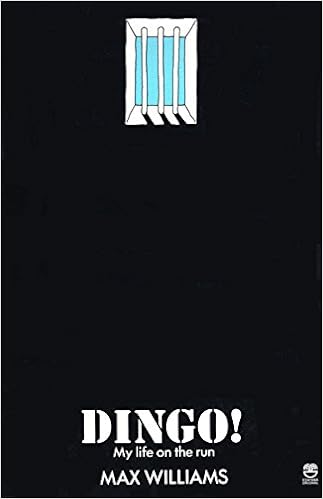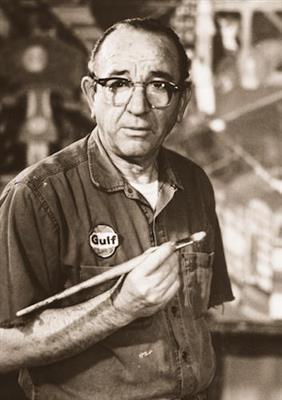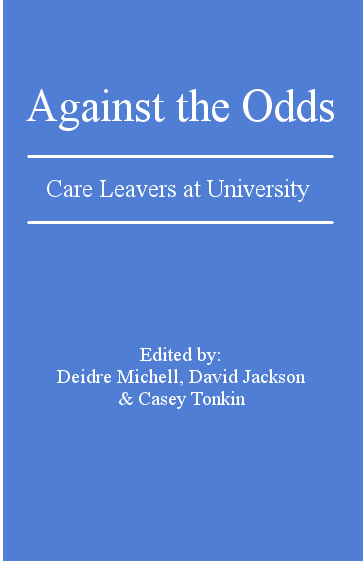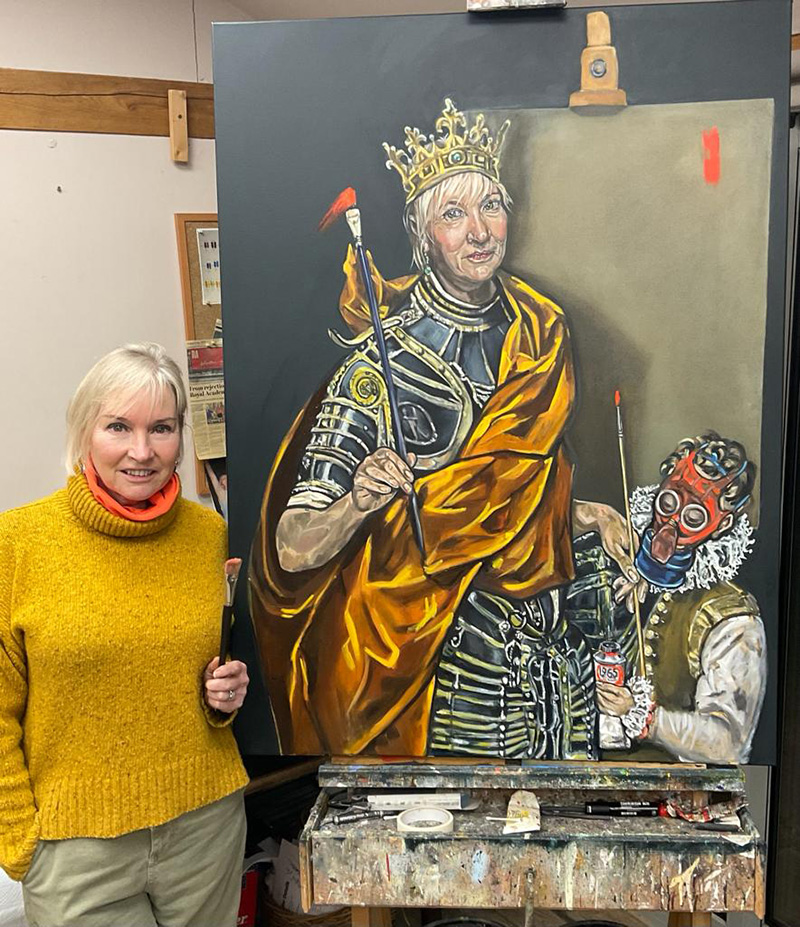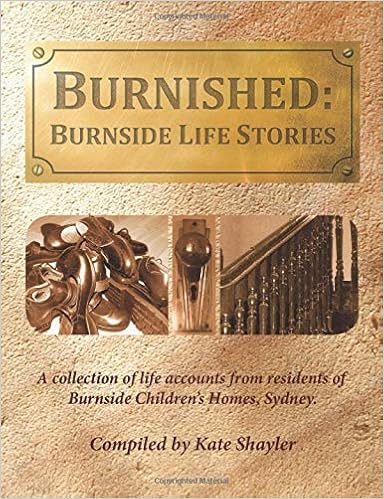Search Results
5677 results found with an empty search
- Eric Clapton: The Autobiography
Autobiography/Memoir Eric Clapton: The Autobiography Eric Clapton 2010 Clapton was born illegitimate on 30 March 1945 in Ripley, Surrey, England, to 16-year-old Patricia Molly Clapton and Edward Walter Fryer, a 25-year-old soldier from Montreal, Quebec. Fryer shipped off to war prior to Clapton's birth and then returned to Canada. Clapton grew up believing that his grandmother, Rose, and her second husband, Jack Clapp, Patricia's stepfather, were his parents, and that his mother was actually his older sister. Years later, his mother married another Canadian soldier and moved to Germany, leaving young Eric with his grandparents in Surrey. Like Dylan and McCartney, he is an icon and a living legend. During the late sixties he played as a guest with Jimi Hendrix and Bob Dylan, as well as the Beatles, the Rolling Stones, and long time friend George Harrison. It was while working with the latter that he fell for George’s wife, Pattie Boyd, a seemingly unrequited love that led him to the depths of despair, self-imposed seclusion, and drug addiction. By the early seventies he had overcome his addiction and released the bestselling album 461 Ocean Boulevard, with its massive hit “I Shot the Sheriff.” He followed that with the platinum album Slowhand, which included “Wonderful Tonight,” the touching love song to Pattie, whom he finally married at the end of 1979. A short time later, however, Eric had replaced heroin with alcohol as his preferred vice, following a pattern of behaviour that not only was detrimental to his music but contributed to the eventual breakup of his marriage. In the eighties he would battle and begin his recovery from alcoholism and become a father. But just as his life was coming together, he was struck by a terrible blow: His beloved four-year-old son, Conor, died in a freak accident. At an earlier time Eric might have coped with this tragedy by fleeing into a world of addiction. But now a much stronger man, he took refuge in music, responding with the achingly beautiful “Tears in Heaven.” In his memoir Clapton tells the story of his personal and professional journeys in this pungent, witty and painfully honest autobiography. These are the memoirs of a survivor, someone who has reached the pinnacle of success, who has had it all, but whose demons have never left him. Eric tells his story as it is, hiding nothing, with a directness and searing honesty that will make this book one of the most compelling memoirs of our time. External Website
- Sigrid Thornton
Actors Sigrid Thornton Sigrid Thornton (b. 1959), was in foster care for 9 months as a child. When Sigrid was 7, she left with her parents for England so they could do their doctoral degrees. Towards the end of their time in England, Sigrid's parents sent her to stay with family friends in New Zealand. For Sigrid this was a happy adventure, but she later reflected on the pain of separation from her parents. Thornton went on to have a highly successful acting career, making her film debut in 1977 at the age of 18.Over four decades Sigrid Thornton has held a unique position in the Australian film, television and theatre landscape over multiple genres and platforms on and off screen. She has starred in many films now regarded as classics of the Australian cinema including early box office hit The Man from Snowy River. Her early work brought her to the attention of HBO, leading to her starring role in the mini series All the Rivers Run which became a huge popular success globally and earned her her first best actress Logie award. Sigrid became the first Australian actress to be offered a lead role in a US network prime time drama series - Paradise for CBS, receiving a Western Heritage Cowboy Hall of Fame award in 1999. External Website
- A Place to Call Home
Autobiography/Memoir A Place to Call Home David Ambroz 2022 A memoir about growing up homeless in New York for eleven years followed by time in foster care. When David and his siblings should be in elementary school, they are instead walking the streets seeking shelter while their mother is battling mental illness. They rest in train stations, 24-hour diners, anywhere that’s warm and dry; they bathe in public restrooms and steal food to quell their hunger. When David is placed in foster care, at first it feels like salvation but soon proves to be just as unsafe. He’s moved from home to home and, in all but one placement, he’s abused. David finds hope and opportunities in libraries, schools, and the occasional kind-hearted adult. Through hard work and unwavering resolve, he is able to get a scholarship to Vassar College, his first significant step out of poverty. He later graduates from UCLA Law with a vision of using his degree to change the laws that affect children in poverty. External Website
- Narrative of the Life of Frederick Douglass
Autobiography/Memoir Narrative of the Life of Frederick Douglass Frederick Douglass 1845 Narrative of the Life of Frederick Douglass is an 1845 memoir and treatise on abolition written by famous orator and former slave Frederick Douglass during his time in Lynn, Massachusetts. It is generally held to be the most famous of a number of narratives written by former slaves during the same period. In factual detail, the text describes the events of his life and is considered to be one of the most influential pieces of literature to fuel the abolitionist movement of the early 19th century in the United States. External Website
- Dingo! my life on the run
Autobiography/Memoir Dingo! my life on the run Max Williams 1980 Max Williams was first put into an institution at the age 10. His life of being institutionalised and trying to escape was then set. It took him 40 years to break the pattern of crime and imprisonment. External Website
- Academic Books & Book Chapters, W
Authors W Re-reading Orphanhood ➝ Back to Top
- Artists, F
Authors F Ralph Fasanella ➝ Back to Top
- The American West and the Archetypel Orpan
Academic Articles The American West and the Archetypel Orpan Louie Attebery 1968 Orphans, says Attebery, can be orphaned through the loss of parents, or because they choose to leave abusive parents. They can also be isolated from place and choose to participate in the 'hero archetype', doing heroic deeds. Orphans can also experience 'psychic reintegration' over the course of their life and give up the orphan archetype, becoming wise instead. Attebery includes a number of orphans from early American literature including Hucklebery Finn. External Website
- 9 Clouds Gets to University
Autobiography/Memoir 9 Clouds Gets to University Amanda Gargula 2015 Amanda writes of her pleasure in attending university, but of the challenges to that, including being the primary care giver for her family External Website
- Deliver Me From Evil
Autobiography/Memoir Deliver Me From Evil Alloma Gilbert 2008 Alloma Gilbert was a victim of sadistic abuse in foster care. She finally escaped at age 17. External Website
- Living with the past: the creation of the stolen generation positionality
Academic Articles Living with the past: the creation of the stolen generation positionality Stephanie Gilbert 2019 In "Living with the past: the creation of the stolen generation positionality", Stephanie Gilbert explores how some Aboriginal Australian women removed from their families of origin and growing up with no connection to Aboriginal culture grew up with a disconnect not only from that culture but also from their bodies. This resulted in a dysphoria with both bodily and cultural aspects. In turn, this dysphoria has influenced how the women understand their identity. External Website
- Down and Out: Surviving the Homelessness Crisis
Autobiography/Memoir Down and Out: Surviving the Homelessness Crisis Daniel Lavelle 2022 Daniel Lavelle is a UK based freelance writer, who has written for The Guardian on social problems including homelessness and mental illness. He left care at 19, and experienced homelessness for the first time not long after. So began a life spent navigating social services that were not fit for purpose, leaving Daniel and many like him slipping through the cracks. In Down and Out, Daniel draws on his own experiences - as well as those of the witty, complex, hopeful individuals he has encountered who have been shunned or forgotten by the state that is supposed to provide for them - in order to shine a powerful light on this dire situation. Down and Out is a true state-of-the-nation examination of modern homelessness: assessing its significance, its precursors and causes, as well as the role played by government, austerity, charities, and other systems in perpetuating this crisis. Ultimately, it seeks to ask how we as a society might change our practices and attitudes so that, one day, we can bring this injustice to an end. External Website
- Lonnie Holley
Artists Lonnie Holley African-American artist and musician, Lonnie Holley (b. 1950) was born in Birmingham, Alabama. He was the 7th of 27 children and had a difficult childhood including being sent out to work at the age of 5 and living in various foster homes. Lonnie Holley began his career as an artist by carving (in 1979) tombstones for his sister’s 2 children who had died in a house fire. From there, he made other carvings which in 1981 were displayed at the Birmingham Museum of Art. Soon his work was being bought by many institutions and has been displayed at the White House. Lonnie Holley began his career as a musician in 2006. He released his 4th album in 2022 to critical acclaim. External Website
- Brutal-Surviving Westbrook Boys Home
Autobiography/Memoir Brutal-Surviving Westbrook Boys Home Al 'Crow' Jorgensen Fletcher et al. 2011 This is the harrowing, true story of life inside one of Queensland’s most feared institutions for orphaned, disadvantaged and Aboriginal youth. Thousands of children spent their formative years in fear and misery. All were scarred by the experience. Some perished. Many ‘graduated’ to adult institutions. Crow Fletcher survived to tell his tale. External Website
- Leaving care (out of print)
Academic Books & Book Chapters Leaving care (out of print) Stein et al 1986 Professor Mike Stein (Author), Kate Carey (Author). Each year about 14,000 young people aged between 16 and 19 leave the care of local authorities. Far from seeing themselves as on the threshold of adulthood, they are faced with a variety of problems - nowhere to live, little money and few friends or relatives to help them make the adjustment. Despite their predicament very little research has been done on the subject. This book concentrates on this neglected area. For two and a half years Kate Carey and Mike Stein maintained contact with a group of young people who left care in 1982, and, unlike previous studies, their research included those leaving foster care and "home on trial". The book makes extensive use of detailed first-hand accounts to examine how the young people made the transition from care. The authors discuss the implications of their findings for policy, law and practice and offer a strong challenge to the developing consensus view of "independence training" as the main basis of leaving care policy. The text is essential reading for those in contact with or concerned with young people in care. External Website
- Academic Books & Book Chapters, A
Authors A Silent System: Forgotten Australians the Institutionalisation of Women and Children ➝ Back to Top
- Richard Burton
Actors Richard Burton Welsh actor Richard Burton (1925-1984), was in kinship care as a child and foster care as a teenager. Richard Burton was born the 12th of 13 children to Richard and Edith Jenkins. The family lived in a mining village, Pontrhydyfen, in the Afan Valley, South Wales. Edith Jenkins was 44 when she gave birth to her last child and died of puerperal fever shortly after. On the death of her mother, Cecilia Jenkins, or Cis as she was known, took the two-year-old Richard to live with her family in Port Talbot. Richard did well at school, graduating into high school at the age of 11. He also enjoyed playing sport, particularly cricket and rugby. He left school at 15 and worked in retail, but after 18 months of hating it, he went back to school. Philip Burton, a new teacher, became the boy’s mentor, encouraging him to act and stay at school. When Richard left home at 17, he moved in with Philip Burton. Noted for his mellifluous baritone voice, Burton established himself as a formidable Shakespearean actor in the 1950s, and he gave a memorable performance of Hamlet in 1964. He was called "the natural successor to Olivier" by critic and dramaturge Kenneth Tynan. An alcoholic, Burton's failure to live up to those expectations disappointed critics and colleagues and fuelled his legend as a great thespian wastrel. Burton was nominated for an Academy Award seven times, but never won an Oscar. He was a recipient of BAFTAs, Golden Globes, and Tony Awards for Best Actor. In the mid-1960s, Burton ascended into the ranks of the top box office stars. By the late 1960s, Burton was one of the highest-paid actors in the world, receiving fees of $1 million or more plus a share of the gross receipts. Burton remained closely associated in the public consciousness with his second wife, actress Elizabeth Taylor. The couple's turbulent relationship was rarely out of the news. External Website
- Angel De Cora
Artists Angel De Cora Angel De Cora (1871–1919) artist of the Winnebago people, forcibly taken from her family as a child by US authorities as part of a programme to assimilate Native American girls into white society. De Cora later became a Native American rights advocate. Also known by her American Indian Hinook-Mahiwi-Kalinaka (Fleecy Cloud Floating in Place), was born at the Winnebago Agency in Dakota County (now Thurston), Nebraska. Angel was kidnapped at a young age from the agency and sent to a school at the Hampton Agricultural and Industrial School in Hampton, Virginia. She described how: "A strange white man appeared on the reservation and asked her, through an interpreter, if she would like to ride on a steam car; with six other children, she decided to try it, and when the ride was ended she found herself in Hampton. 'It was three years later that she returned to her mother who had wept and mourned for her. External Website
- Terri Broughton
Artists Terri Broughton Broughton had an inauspicious start in life following the death of both of her parents, but she went on to become the Head of a secondary School at an academy in Norfolk, a highly qualified life coach, a successful educational consultant, and now a highly sought-after artist. Broughton’s paintings are deeply personal, reflecting a traumatic childhood following the death of both parents when she was just seven years old. Terri and her sisters were separated, placed with a succession of foster families, some with wholly unkind treatments, and were only reunited together again in adulthood. She was awarded a Tate Modern prize for her Masters Degree ‘The Identity Project ‘, in which she pioneered the questioning and challenging of first year A Level Art students in Britain about their limiting self-beliefs and values which were inhibiting their creative potential. It was a project that turned art education on its head and has since been incorporated into the National Curriculum for all year groups. During the 18 months that we have all been locked down, Broughton has been working tirelessly in the creation of an extensive body of work which, while often narrative, explores the psychological behaviours of people. External Website
- Burnished: Burnside Life Stories: A collection of life accounts from residents of Burnside Children's Homes, Sydney
Autobiography/Memoir Burnished: Burnside Life Stories: A collection of life accounts from residents of Burnside Children's Homes, Sydney Kate Shayler 2015 Burnished: Burnside Life Stories is a collection of life accounts from residents of Burnside Children's Homes, Sydney, compiled by Kate Shayler, author of 'The Long Way Home' and 'A Tuesday Thing'. When Kate released 'The Long Way Home', her own story of childhood at Burnside, she was overwhelmed by the response and found herself wishing that other homes kids could have that healing experience too. As Kate gave talks on her book, she was asked questions such as 'Why did you have to go to a home?' and 'What happened to you when you left the home?' Eventually, Kate advertised for people who were willing to share their stories, and the result is 'Burnished: Burnside Life Stories'.Burnished was nominated for the Prime Minister's Literary Awards, the Colin Roderick Prize and the NSW Premier's Literary Awards in 2012. External Website





